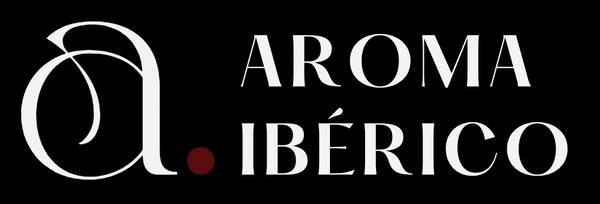Jamón ibérico is one of the most iconic products of Spanish gastronomy, a “purely Spanish” food. If there's one image that epitomizes this, it's the sight of Iberian ham hanging in a shop or restaurant. Many people wonder: Why are people hungry?
Why Are Iberian Hams Hung?
The answer is simple: to air and dry them to achieve the perfect moisture and flavor. Hanging helps eliminate excess moisture and fat from the hair. This process is crucial to avoid bacterial contamination, using salt as a key element to extract water from the ham and prevent spoilage.
After the salting and washing phases, if hams were left on a flat surface, salt would accumulate between the meat and the surface, promoting bacterial growth. Hanging the hams upside down allows gravity to help expel water and fat. That's why you often see hams with a plastic piece called a "chorrera" at the tip to catch dripping fat.
How long are his hunger?
The duration varies depending on the type of ham being cured, but generally, hams hang during the curing phase, which consists of two stages:
- In the first stage, hams are hung at temperatures between 5 and 16 degrees Celsius.
- In the second stage, temperatures are increased to 16-30 degrees Celsius.
After curing, hams enter the maturation and aging phase, where they remain hung for a period ranging from six months to nearly three years for bellota or cebo hams. During this final phase, it's crucial to regularly move the hams to prevent mold and ensure proper aeration.
The delicate process of curing Jamón Ibérico
The process of curing, drying, and maturing jamón ibérico is intricate, requiring careful control of factors like time, humidity, temperature, direct sunlight, and darkness. The result is a ham with a unique aroma, flavor and texture.
Historical origins of hanging hams
While these modern processes might seem new, the tradition of hanging hams dates back to the Middle Ages. During this period, Jews and Christians coexisted in the Iberian Peninsula. After the expulsion of Jews in the 15th century, some converted to Christianity, adopting (or pretending to adopt) Christian customs to avoid persecution. Hanging pork legs in their homes was a way to show adherence to Christian practices, a tradition that extended to public eateries to indicate they served pork.
Explore more and shop the best Iberian products
Want to know more about why hams are hungry or explore interesting facts and recipes with jamón ibérico? Visit our blog for more insights.
If you're in Copenhagen and craving to try some of our spectacular Iberian products, including pata negra ,lomo ibérico , and chorizo , browse our online store. Discover the best Iberian ham and enjoy the convenience of purchasing premium products quickly and securely. At Aroma Ibérico , we bring the taste of Spain to your doorstep.

